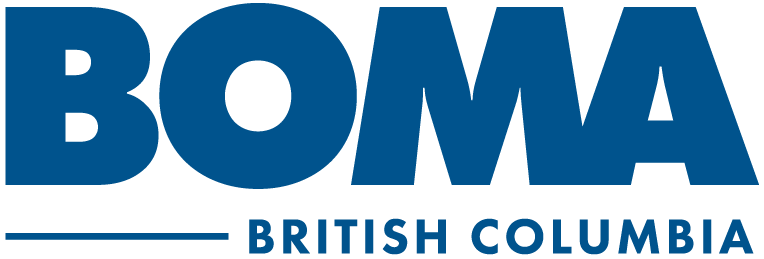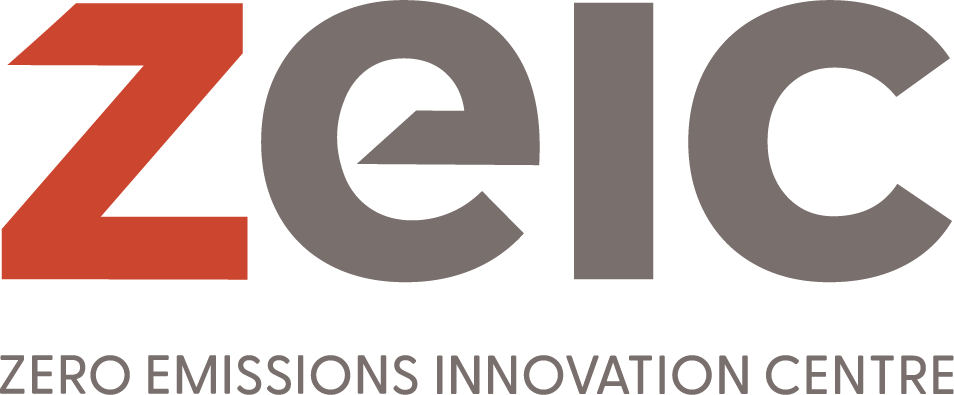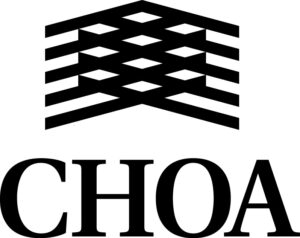
The BC Retrofit Accelerator will kick-start climate and energy upgrades in hundreds of larger buildings across British Columbia.
Across British Columbia, low-carbon, electric buildings are taking off, providing benefits for owners, tenants, and the province.
By timing cost-effective climate and energy upgrades with regular building renewals, property owners and managers can deliver healthier and more comfortable homes and workplaces while taking climate action.
How Does it Work?
The BCRA provides expert advice and support services to strata councils and the owners and managers of larger commercial and residential properties—including rental, non-market, and off-reserve Indigenous housing.
This coaching includes support navigating all stages of a retrofit project: such as identifying technology and financing options and support through procurement and implementation.
Process
1.
Apply to relevant program stream
2.
Co-create decarbonization plan
3.
Receive coaching to develop first project
4.
Implement project with support
BCRA programs will help participants access available rebates and financing, but the initiative does not provide direct capital project funding.
The BCRA support aligns and connects with BC Hydro programs, such as the recently launched MURB Retrofit Program in partnership with the Province, Solar & Battery Program, and other offers to support multi-family buildings.
Get Started
The BCRA consists of four program streams led by industry organizations. Interested building owners and managers—including strata councils—are invited to learn more or enroll through a relevant program stream:




Deep Energy Retrofit Approach
The BCRA supports "deep energy retrofits"—upgrading multiple building systems to achieve a minimum 50 per cent reduction in energy use and 80-100 per cent reduction in GHG emissions.
Our approach relies on the “zero over time” model. This means relying on trigger points, such as major building system replacements, to implement energy efficiency measures, renewable energy systems, or new features, such as cooling. Over time, these strategic improvements can support the achievement of a zero emissions building.














